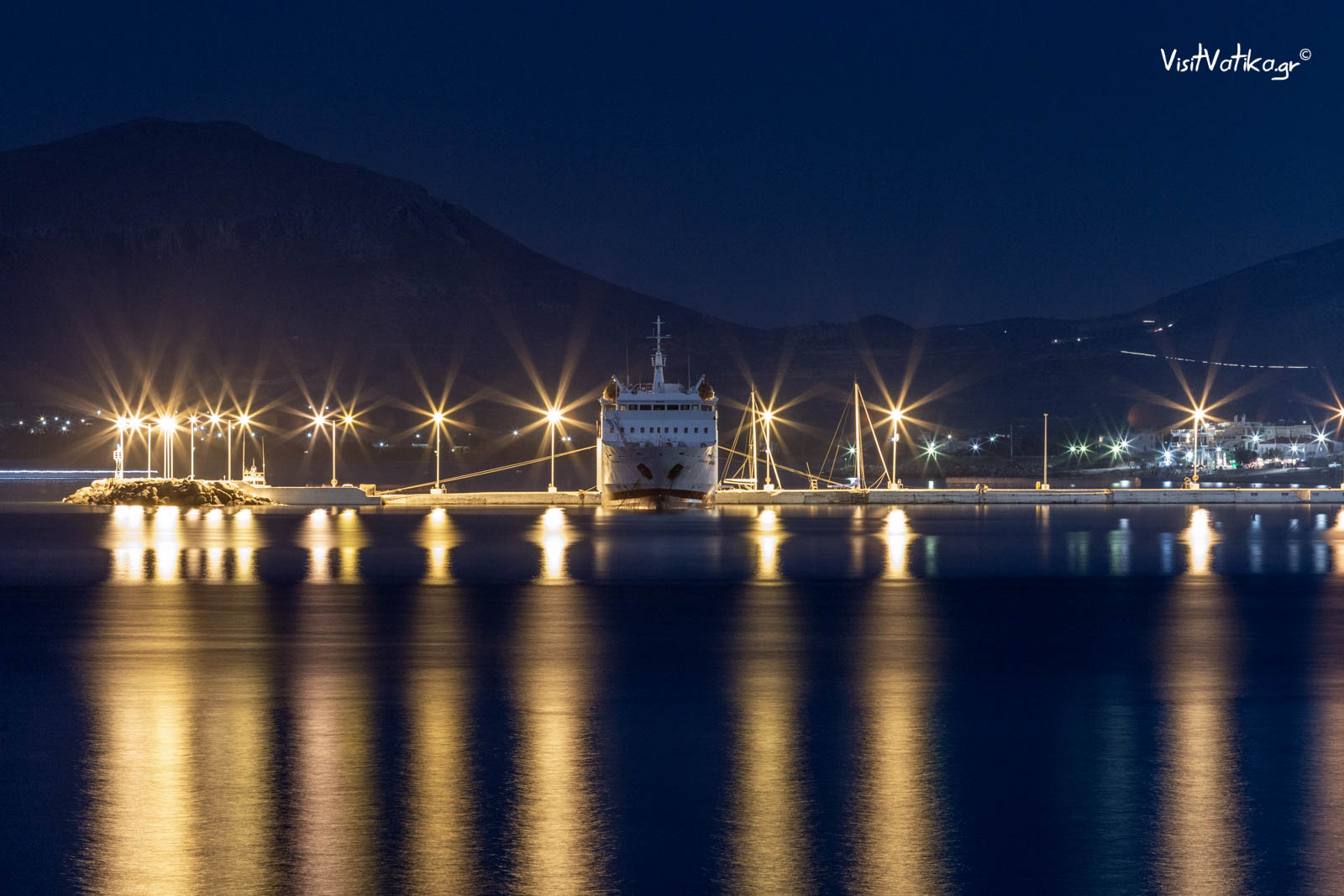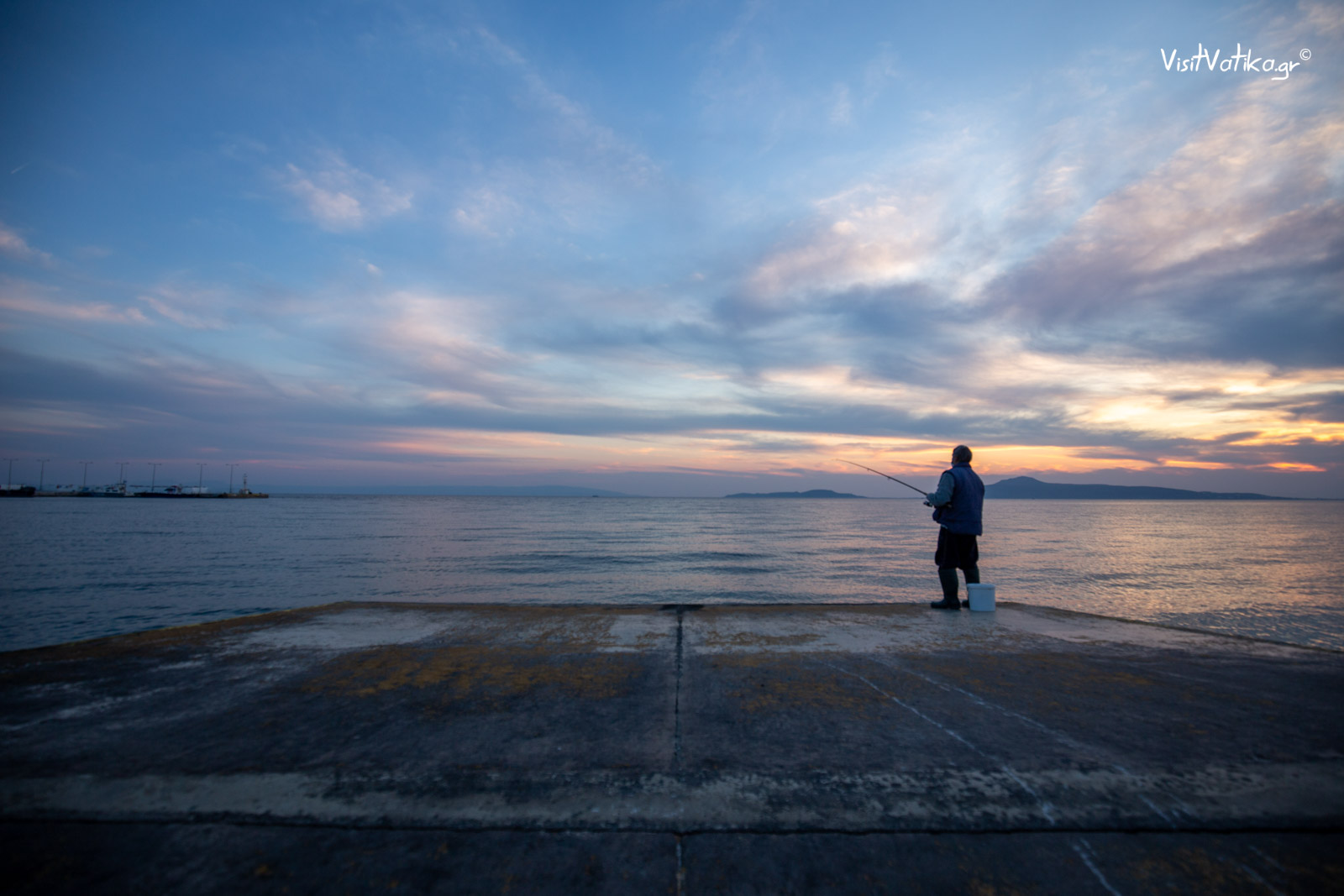Neapolis
The Nymph of the South
Gazing at the Mediterranean
Neapolis, formerly the capital of the Vatika municipality, lies nestled in the bay between Elafonisos and the Kavomaleas peninsula, right in front of the beach. It’s truly a unique spot, being the southeasternmost continental city not just of Greece, but of all Europe.
The old part of the city is built amphitheatrically on two hills: Agia Triada Hill, where the city’s church stands, and Vrontas Hill to the east. This orientation allows its homes to fully enjoy the refreshing sea breeze from the south and soak in the breathtaking views of the islands of Kythira and Elafonisos.
A Journey Through History
The city’s story stretches back to the second millennium BC. Where modern Neapolis now stands was once the ancient city of Voies. The Vatika area was inhabited by the mythical figure of Aeneas, the founder of Rome. He established Itis and Aphrodisias in this region, and these, along with Sida, formed the “Laconian Tripolis” of the Mycenaean period. Itis, one of the two cities Aeneas built after the fall of Troy, was where he sought refuge in the Bay of Vatika during his journey to Italy. It’s believed to have been located in Paliokastro. Aphrodisias was built either by Aeneas or settlers from Kythira, and its site is identified with Psafaki, where tombs, buildings, and limestone walls have been found.
These three cities were later unified by Voias, a descendant of the mythical Herakleidae lineage, into a single city named Voies. Legend has it that the goddess Artemis sent a rabbit to indicate the exact site where Voias should build this new city. Voies flourished until Roman times, when it was likely destroyed by the earthquake of 375 AD.
The first name of the modern city was Pezoula, and it belonged to the Vion municipality with Lahi as its capital until 1840. Then, after the joining of the Vion and Malea municipalities, it became the capital. It was renamed Voies, reclaiming the ancient name of the region, and gained a formal street plan designed by a Bavarian architect during the reign of Otto. Over time, the city grew, attracting residents from all the surrounding villages, and was eventually renamed Neapolis once more.
Your Unique Destination
The unique aura of Neapolis truly invites you to discover it! Wander through its small, secret alleys, and admire the impressive 19th-century street plan. Take in the architecture and the picturesque charm of its old town. Make sure to visit the Church of Agia Triada, standing proudly on the highest point of the hill, and soak in the vibrant colors of the sunset from the pier. Indulge in local delights like ouzo and octopus, alongside various meze, right by the sea. Stroll along the coastline and enjoy swimming in its two-kilometer, organized beach, which has proudly flown the “Blue Flag” for many years.
In Neapolis, you can also explore the Archaeological Museum of Neapolis, the Maritime Museum, and the Achilleas Varvaresos Art Gallery.





































